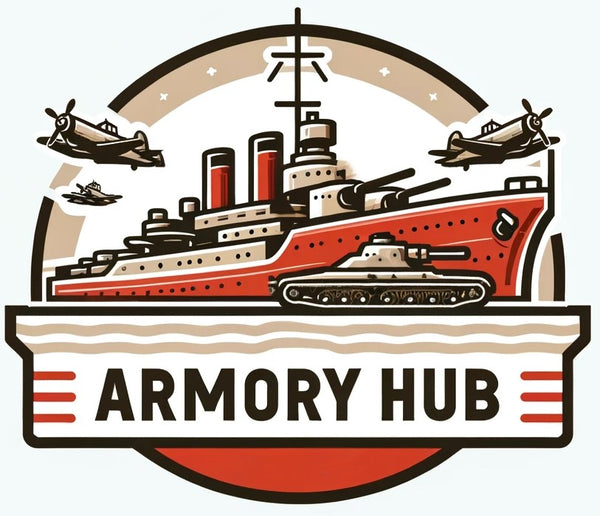When it comes to scale modeling, choosing the right type of paint is as crucial as the model itself. The type of paint you use can drastically affect the appearance and quality of your finished model. Here’s a guide to the most common types of paints used in scale model building and their unique characteristics.
1. Acrylic Paints
- Water-Based: Acrylic paints are water-based, making them easy to thin and clean up. They’re low-odor and less toxic compared to solvent-based paints, making them a popular choice for indoor use. It is one of the most used paint in scale modelling world and has vast choice from multiple vendors. Meaning one don't have to always rely on the blending skills to get the most accurate colour.
- Quick-Drying: They dry quickly, which can be advantageous for applying multiple coats in a short time. However, this also means less working time for blending colors.
- Versatility: Suitable for both airbrushing and brush painting, acrylics are versatile. They work well on plastic, metal, and resin models. However the acrylic paint specialised for airbrush has subtle difference. They are sometimes thinner than usual.
2. Enamel Paints
- Oil-Based: Enamels are oil-based paints that offer a durable and glossy finish. They’re excellent for achieving a smooth, hard coat on your models. Some say it doesn't need primer if one's decided to use enamel paint. There is some truth to that.
- Longer Drying Time: They take longer to dry than acrylics, which allows for more time to work with the paint, perfect for techniques like blending and weathering.
- Cleaning and Thinning: Enamel paints require mineral spirits or a specialized thinner for cleaning brushes and thinning paint, which means proper ventilation is necessary when using them.
3. Lacquer Paints
- Durability: Lacquers are known for their durability and resistance to chipping. They adhere exceptionally well to surfaces, making them ideal for models that will be handled frequently.
- Fast Drying and Hard Finish: Lacquers dry very quickly and produce a hard, smooth finish. This makes them suitable for layers and sanding.
- Strong Odor and Toxicity: They have a strong odor and are more toxic, requiring good ventilation and protective equipment when using them. General trend is moving away from lacquer paints. Although it is still favoured for its strong durability.
4. Watercolor and Gouache
- Non-Traditional Choice: While not commonly used for standard scale model painting, watercolors and gouache can be used for specific effects like weathering, washes, and creating a faded look. They work similar to acrylic paints but with slightly thicker consistency.
- Easy to Manipulate: These paints can be reactivated with water even after drying, which can be beneficial for certain techniques.
5. Specialty Paints
- Varnishes: These include metallic paints for simulating metal parts and clear coats for both protection and effect (like gloss or matte finishes).
- Weathering Paints: Specialized paints for weathering effects such as rust, mud, and grime are also popular among scale modelers for adding realism.
Conclusion Choosing the right paint for your scale model kit can significantly impact the final outcome. Each type of paint offers different qualities and requires different techniques. Understanding the properties and uses of each can help you select the best paint for your specific project. Remember, the best way to learn is by experimenting and practicing, so don’t be afraid to try different paints to see what works best for you and your models.

